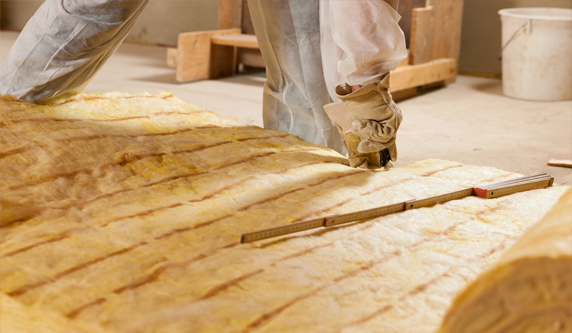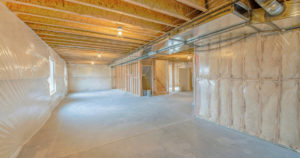Insulation plays a crucial role in the home environment. Conditioned air—and by that is meant cooled and heated air—can’t stay inside the home without proper insulation. In fact, conditioned air loss is one of the biggest causes of energy loss in the home. This is wasted energy that literally goes out the doors, windows, and ceilings in your home.
Benefits of Insulation
- Traps conditioned air inside the home to keep you and your family comfortable
- Enables you to keep the temperature inside the home stable to protect belongings that would otherwise age prematurely due to excess heat or cold
- Inhibits noise pollution from the outside, from traffic, power tools, landscaping tools, etc.
- Safeguards the structure and integrity of your home
Not All Insulation is the Same
Your insulation experts know exactly how to insulate each area of your home, depending upon its use, location, and unique needs. In other words, your attic needs a different kind of insulation than your basement and crawl space. Your walls need a different type of insulation, as well. The various insulation types are partially defined by their R-values.
What Are R-Values?
If you’ve ever wandered down the aisles of your local big-box hardware store, you may have noticed the vast array of insulation types. Each kind of insulation carries with it an inherent R-value. An R-value is a standardized measurement that pertains to insulation effectiveness. At its core, insulation acts as a barrier. It prevents or blocks conditioned air from escaping through the barrier. It also blocks outside air from coming inside the house. So in the summer, when you want to keep cool air inside and hot air outside, insulation provides that barrier to a certain measure. That measure is its R-value.
Technically, R-value represents thermal resistance per meter. So if you take one square meter of rolled insulation, for example, it will carry a certain R-value. R-values can be layered. If you layer the insulation on top of one another, you have an R-value times two. This is commonly referred to as “doubling” insulation.
What Do R-Values Mean?
The standardization of R-values means that your insulation company can determine with accuracy exactly how much and what kind of insulation each area of your home requires, depending on the location of the area being insulated and even the region of the country. If you garden, you may know that the country is divided into zones from 1 to 7. Massachusetts is in zones 5 to 7. Based on R-values and zones, insulation needs can be determined using a standard insulation chart, which your insulation company refers to. This enables them to provide the optimal kind and level of insulation for your home’s needs to maximize energy usage.
As you can see, insulation installation is actually quite scientific, specific, and purposeful. The measure of thermal units and energy usage has been carefully calculated, which is why you should always rely on your local insulation experts for your home’s insulation needs. Contact us for more information about how to properly insulate your home.



